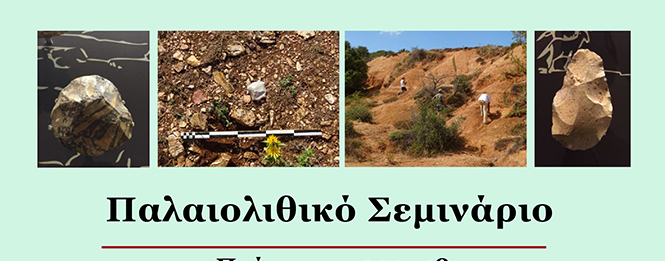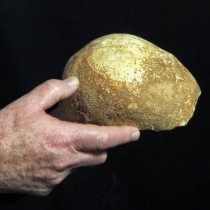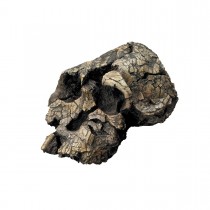Ian Watts (PhD University College London, independent researcher) will give a lecture entitled “Red ochre use and Homo sapiens speciation: A southern African perspective”, on Thursday, November 9, 2017, 7.00 p.m., in the “Α. Argyriadis” amphitheatre (University of Athens central building, 30 Panepistimiou str., Athens). The lecture is part of the Palaeolithic Seminar series.
Abstract
We evolved in Africa sometime around 200,000 years ago (~200 ka), but the earliest consensual evidence for symbolic culture is only around 110 ka. Not only that, but archaeologists of the African Middle Stone Age (MSA, ~300 ka to ~40 ka) have had little success in identifying cultural evolution for long periods either side of ~200 ka, suggesting a speciation without behavioral content.
Before ~110 ka, the earth pigment “red ochre” is the only repeated evidence directly concerning signal evolution in genus Homo, going back about half a million years. As the most widely used raw material for body-paint/cosmetics, it permits investigation of continuity and discontinuity in the evolution of collective ritual – the performative basis of symbolic culture. MSA researchers have overlooked a body of workj from the 1940s and 1950s, addressing cultural evolution in the Pietersburg (northeastern South Africa and Swaziland), the earliest MSA technocomplex in southern Africa. Focused on lithic technology and typology, the claims included the initial appearance of pigments and grindstones in the Pietersburg’s later stages. The claims have never been challenged, but have simply been overlooked because of little subsequent research. The “sex-strike” model are re-evaluated in the light of two long Pietersburg sequences – Border Cave (BC) and Bushman Rock Shelkter (BRS), using slightly updated samples and a revised Border Cave chronology (suggesting that the earliest Pietersburg, at Cave of Hearts, is in the order 250-300 ka). The BRS Pietersburg is undated; both long and short chronologies have been proposed. Current re-excavation will decide the issue. The claim here is that BC and BRS, together with at least two other Pietersburg sequences, show fairly pronounced shifts from either no ochre use or irregular use, to regular use, continuous to the ethnographic present, and that this is simply the best documented part of a sub-continental pattern. What Mason (and Philip Tobias before him) took to be the initial appearance of pigments seems more like the predicted quantitative shift, reflecting a qualitative change in group ritual. BC indicated the shift occurred between ~170-150 ka, consistent with the temporal prediction of the “sex-strike” model; this is used to broadly predict the results of the dating program at BRS, making the model highly refutable on this score.
It’s concluded that the “modern-body/modern mind” discrepancy is groundless, and that symbolic culture became an evolutionary stable strategy as an integral, if final, part of our speciation.
The Palaeolithic Seminar
A joint initiative of the National and Kapodistrian University of Athens and the University of Crete (Departments of History and Archaeology), the Palaeolithic Seminar aims to bring Palaeolithic Archaeology closer to its specialist and wider audience. It aspires to become a forum where the results of recent work in the field and the latest theoretical trends within the discipline are presented and discussed.
Organisers: Georgia Kourtessi-Philippakis, National and Kapodistrian University of Athens Νena Galanidou, University of Crete




